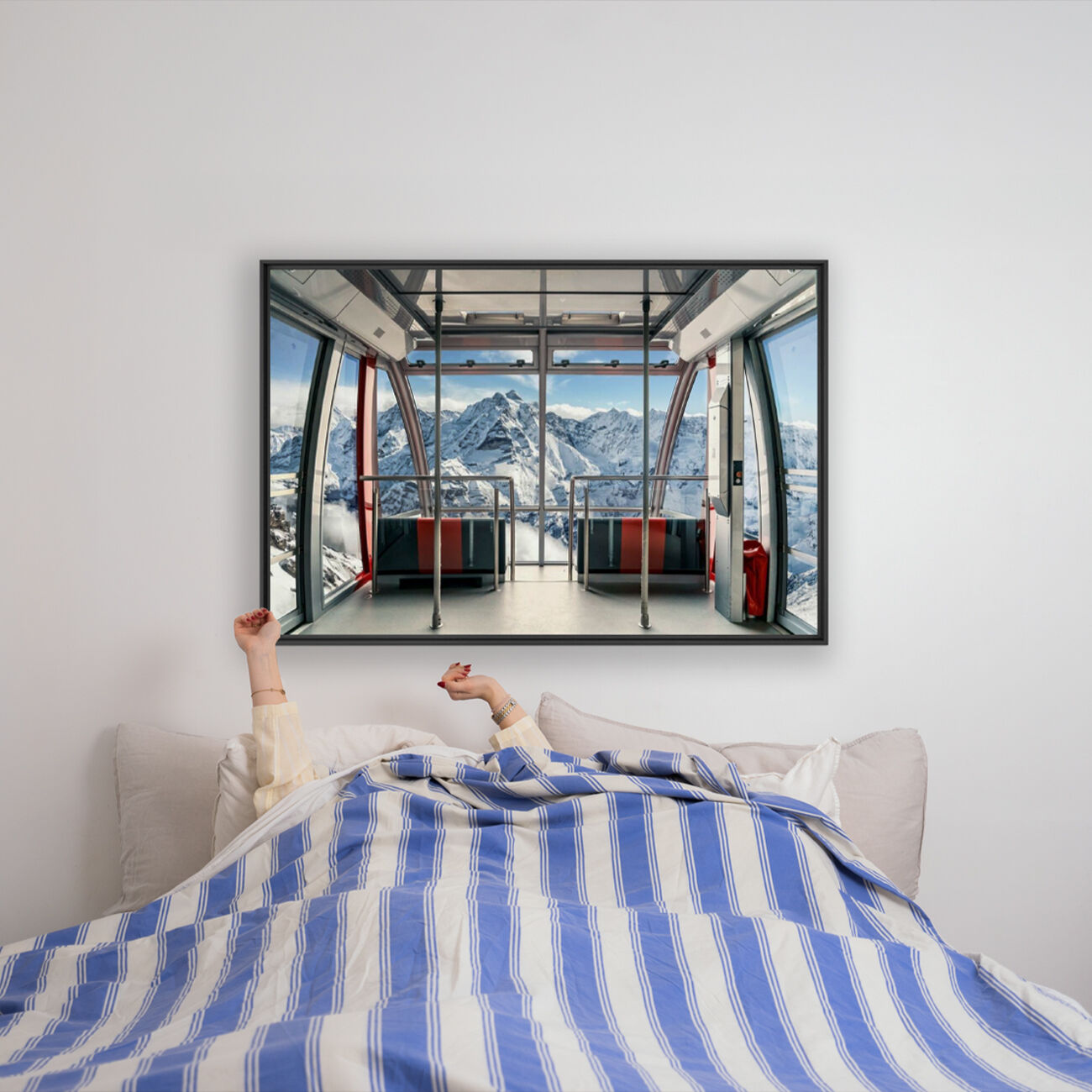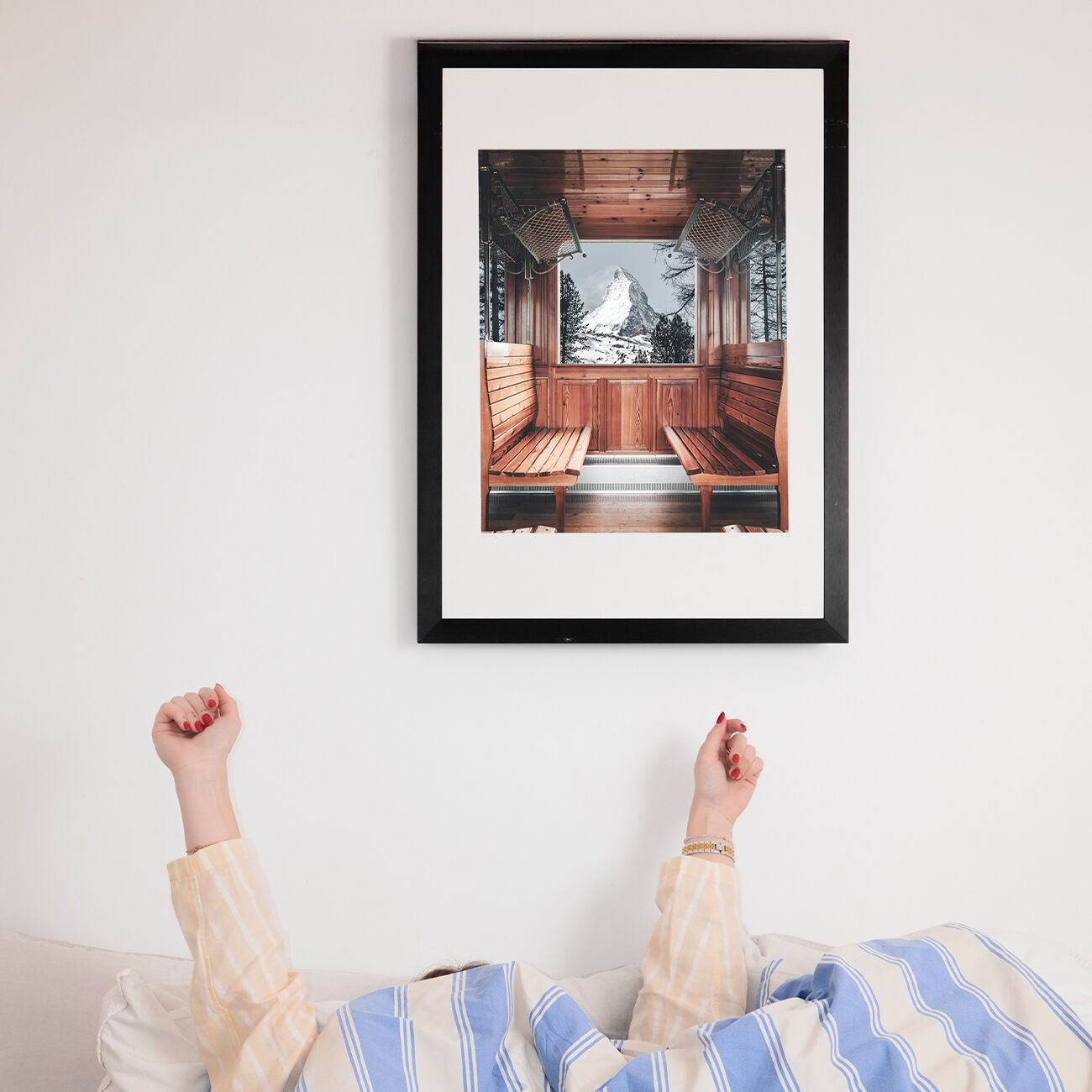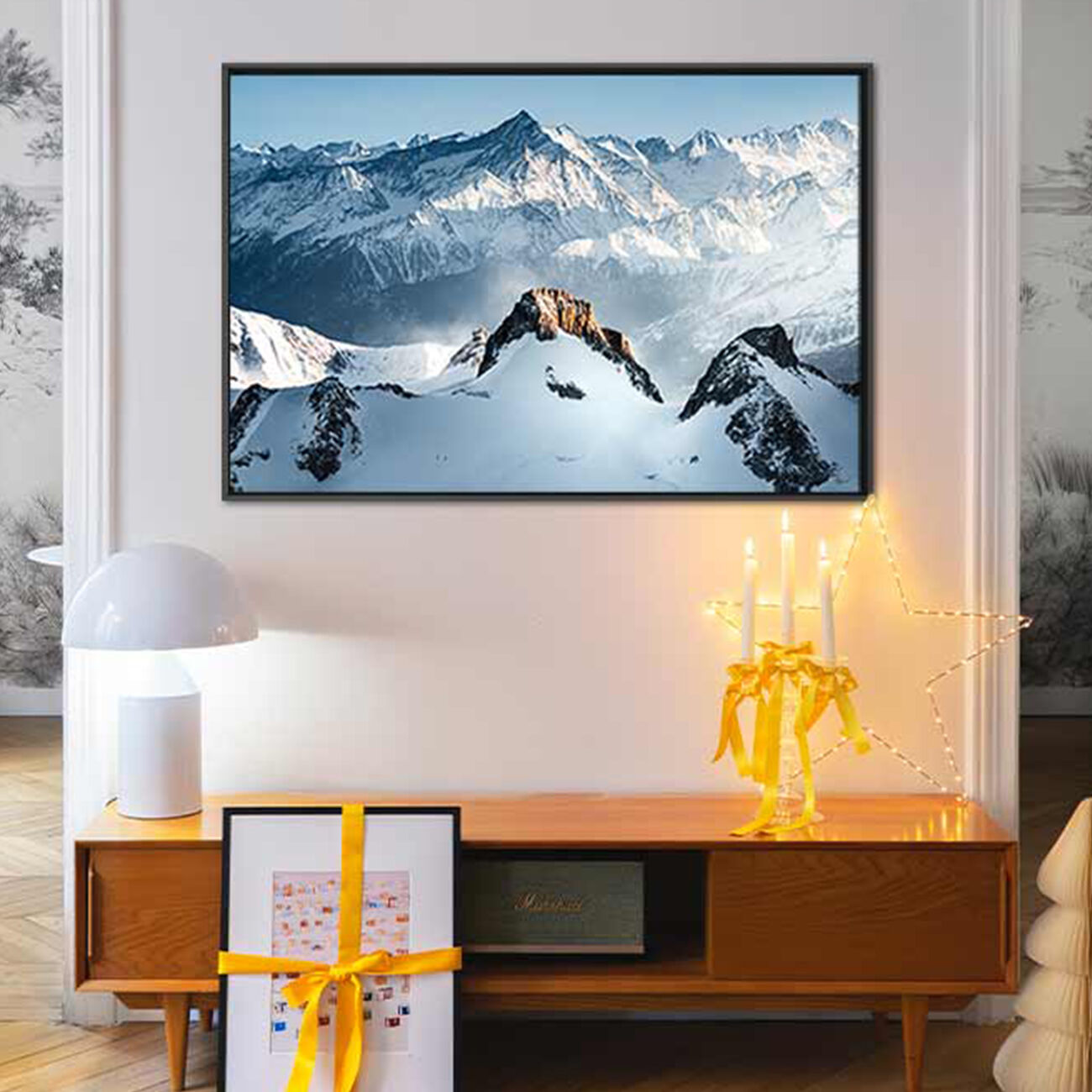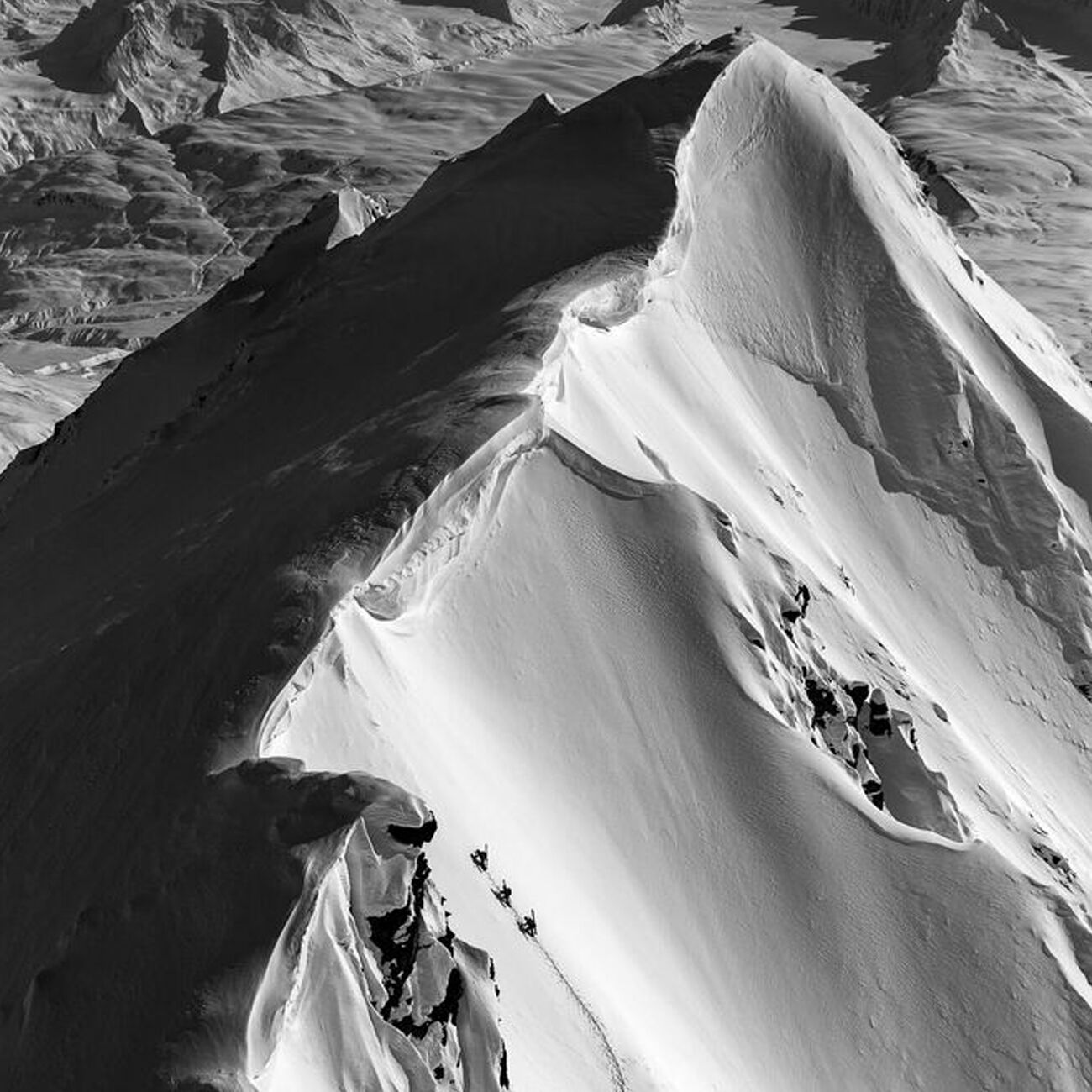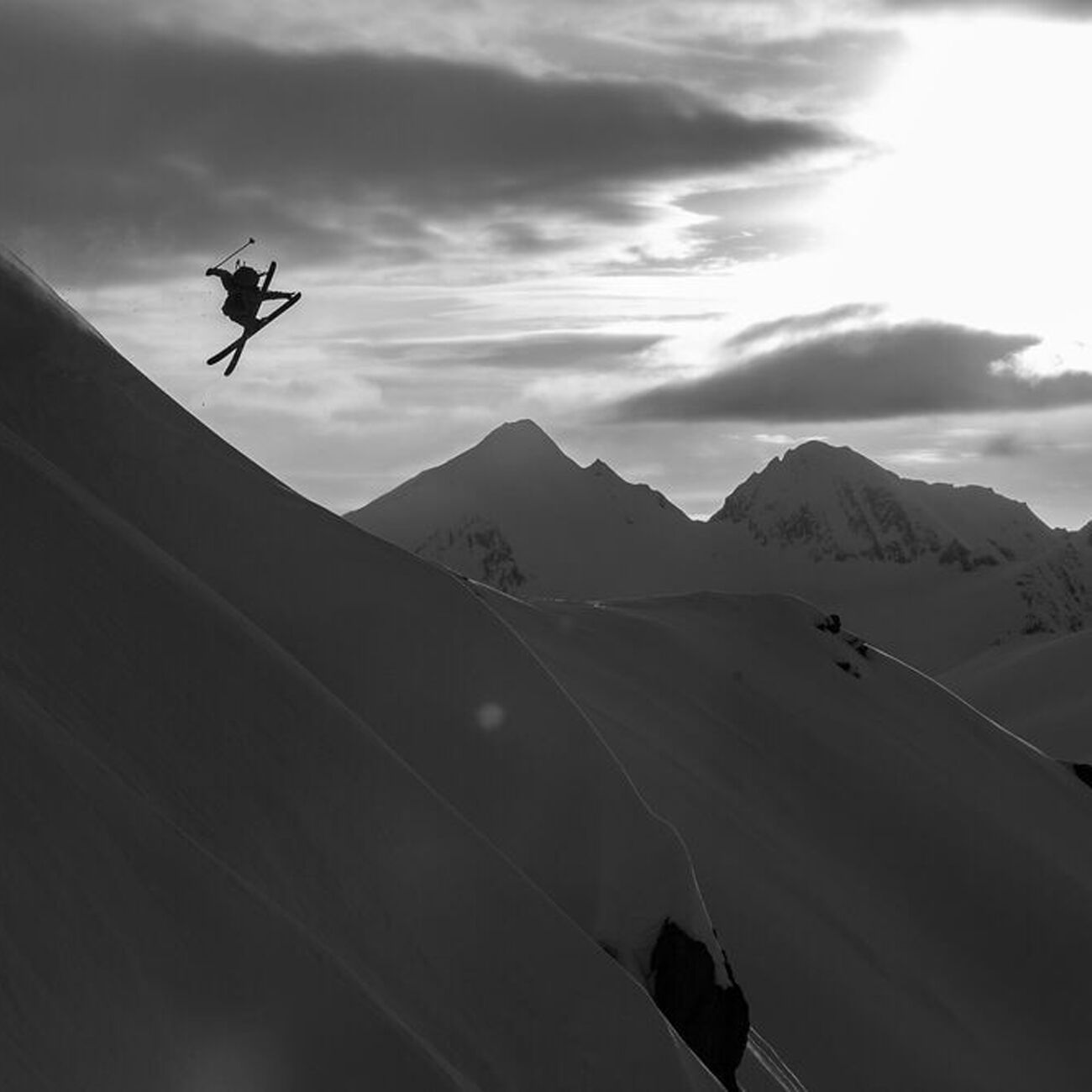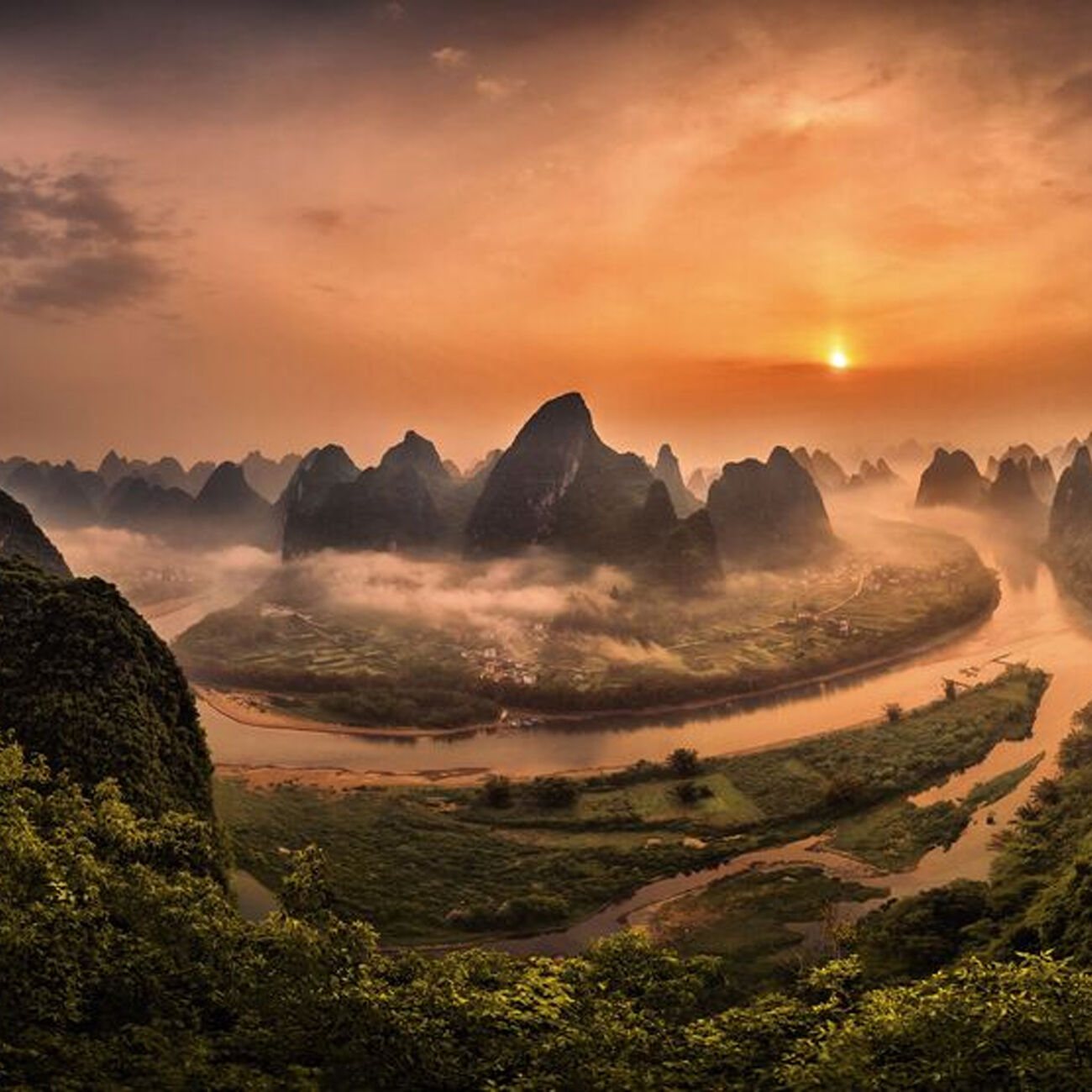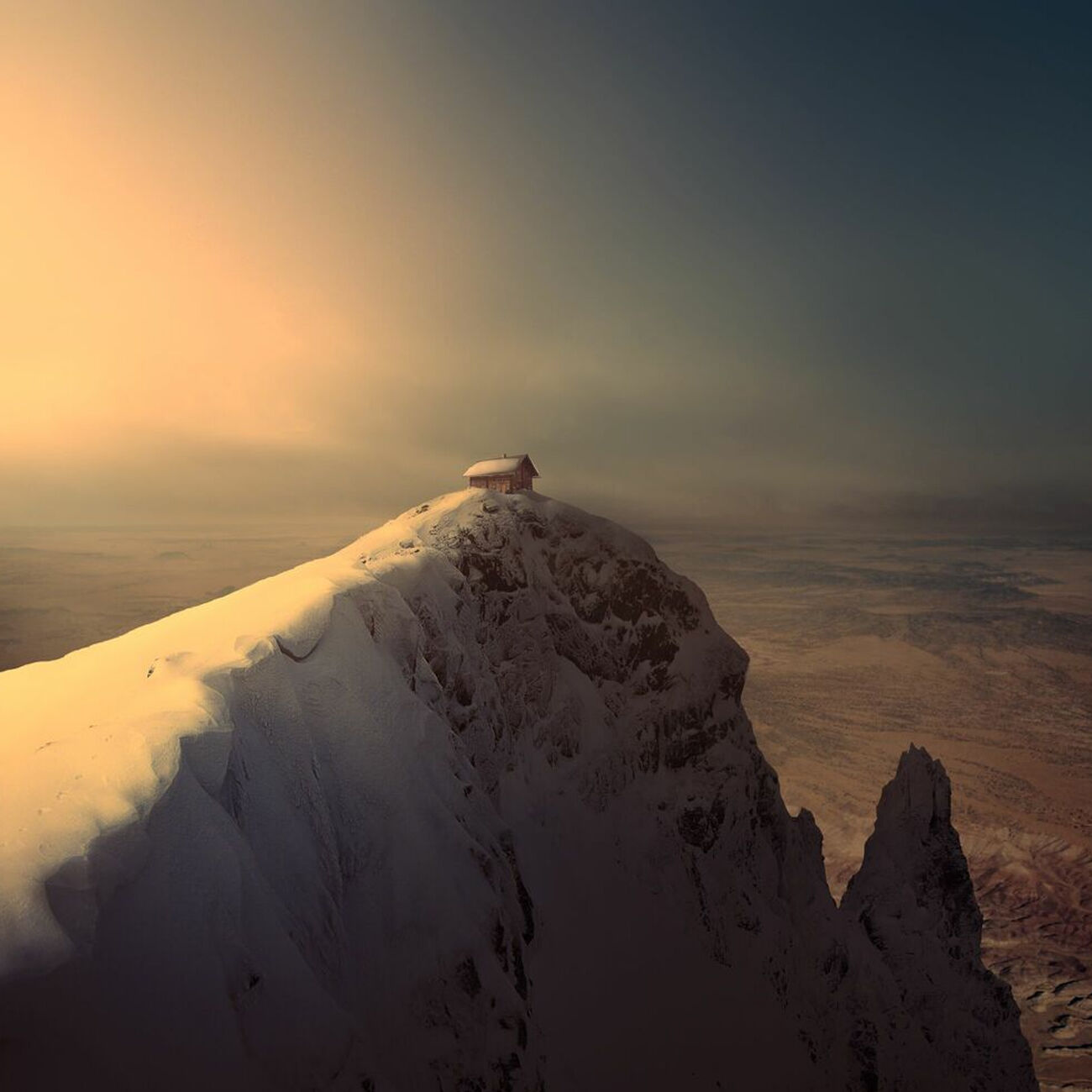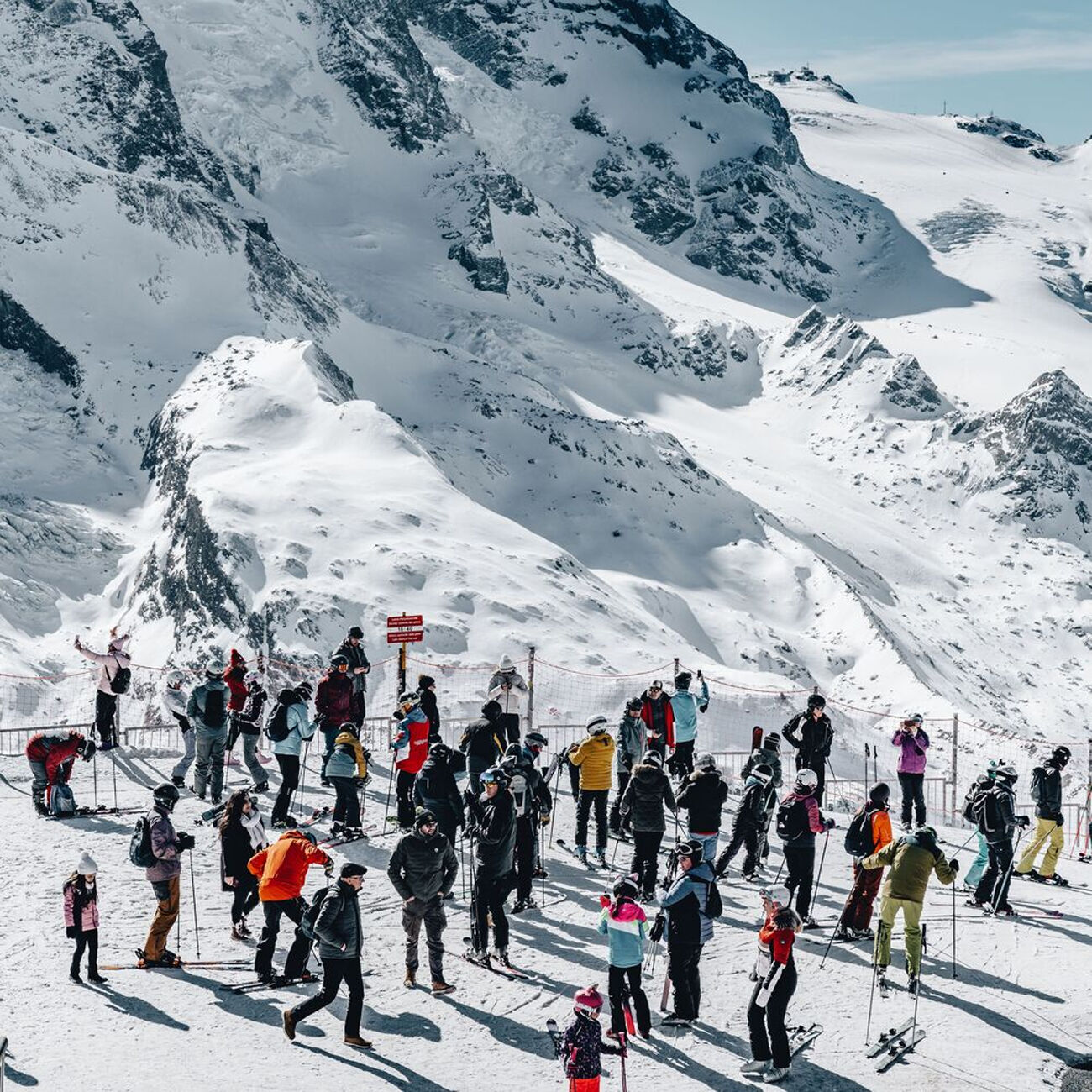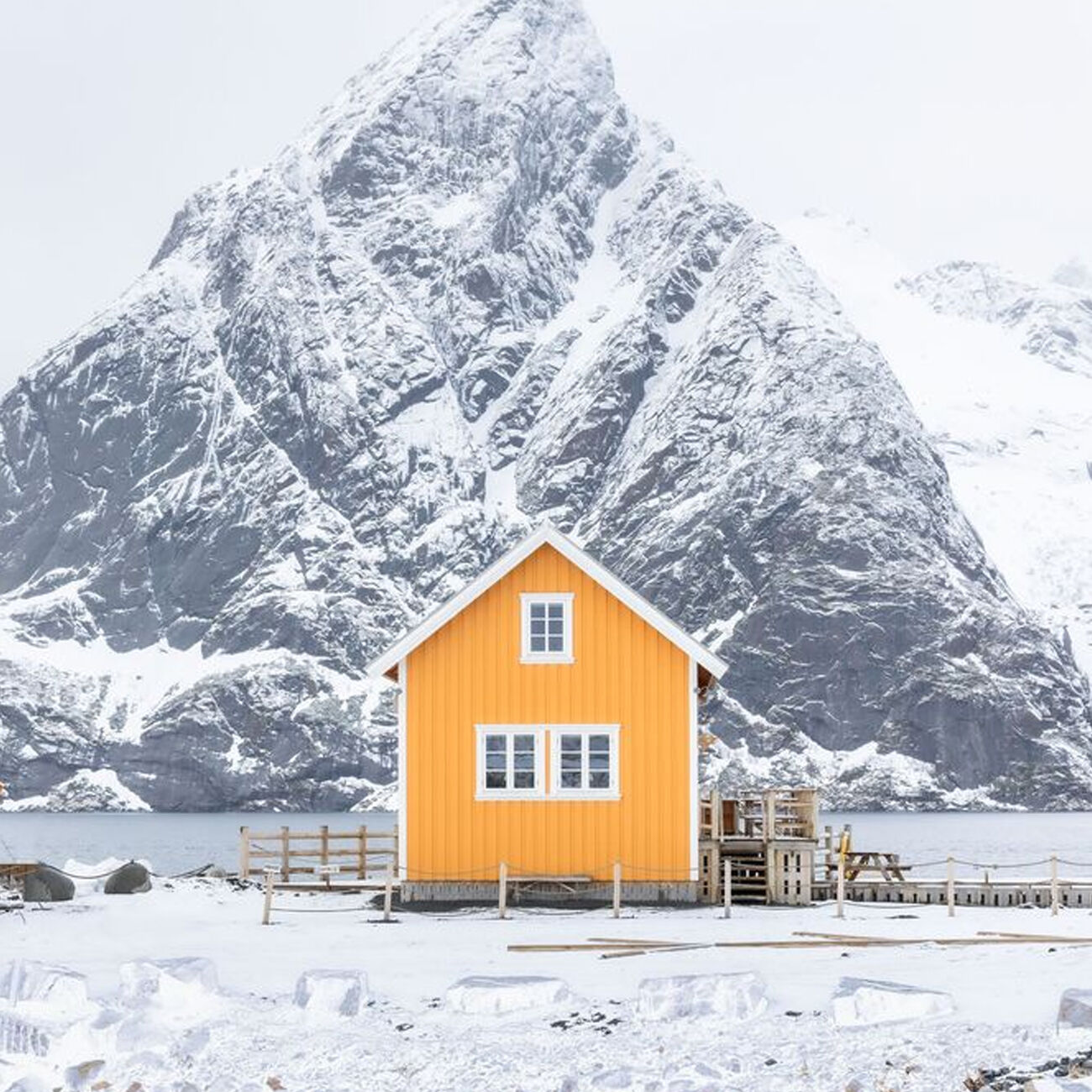Why is mountain landscape photography so popular?
Mountain photos captivate with their ability to capture the raw power of nature, from snow-capped peaks and dizzying valleys to ever-changing light. The alpine landscape offers an endless visual playground, whether under a clear blue sky or in a mysterious fog.
This type of photography requires artistic sensitivity, patience, and technical mastery, but the result is spectacular images with rare depth. Explore it in our collection of artistic mountain photos, dedicated to these grand landscapes.
Essential equipment for mountain photography
The mountain requires equipment that is both high-performing and lightweight. A DSLR or mirrorless camera, a wide-angle lens (e.g., 16-35 mm), a sturdy tripod, and some ND or polarizing filters are all you need to capture the essence of high altitude.
Set your aperture around f/8 to f/11 for a beautiful depth of field. Keep ISO low to maintain the image quality, and adjust the exposure depending on the snow or the sky. Play with the focal length to isolate a foreground or create a sense of monumental scale.
Learning to compose with natural elements
The wind, snow, fog, or even hiking trails add character to your composition. Use natural lines (ridges, trails, rivers) to structure the image and guide the eye.
Including a human element in a vast field can also enhance the visual impact by suggesting the scale of the landscape.
Working with contrasts and lighting
In the mountains, light changes rapidly depending on altitude and weather. Knowing how to play with contrasts between dark and lit areas is key. In black and white, these light contrasts become even more striking.
To explore this aesthetic, take a look at our black and white mountain photo collection, where textures come to life with intensity.
Choosing the location, day, and time
A good location is not enough. You also need to choose the right moment. Dawn and sunset provide a perfect golden light, especially in winter when the sun grazes the peaks.
Use a weather app or a sunrise planner to anticipate your shots. And be sure to observe the horizon to identify the best views.
Mistakes to avoid in the mountains (photography or hiking)
Here are some common pitfalls to avoid:
- Neglecting the weather: an overcast sky or sudden fog can ruin a shot if you haven’t planned ahead.
- Carrying too much bulky equipment: stay light and efficient.
- Improperly managing exposure on snow: remember to adjust +0.3 to +1 EV.
- Forgetting hydration, appropriate clothing, or basic hiking rules.
A good landscape photo starts with a well-prepared travel experience. To continue the inspiration, also explore our art landscape gallery.
